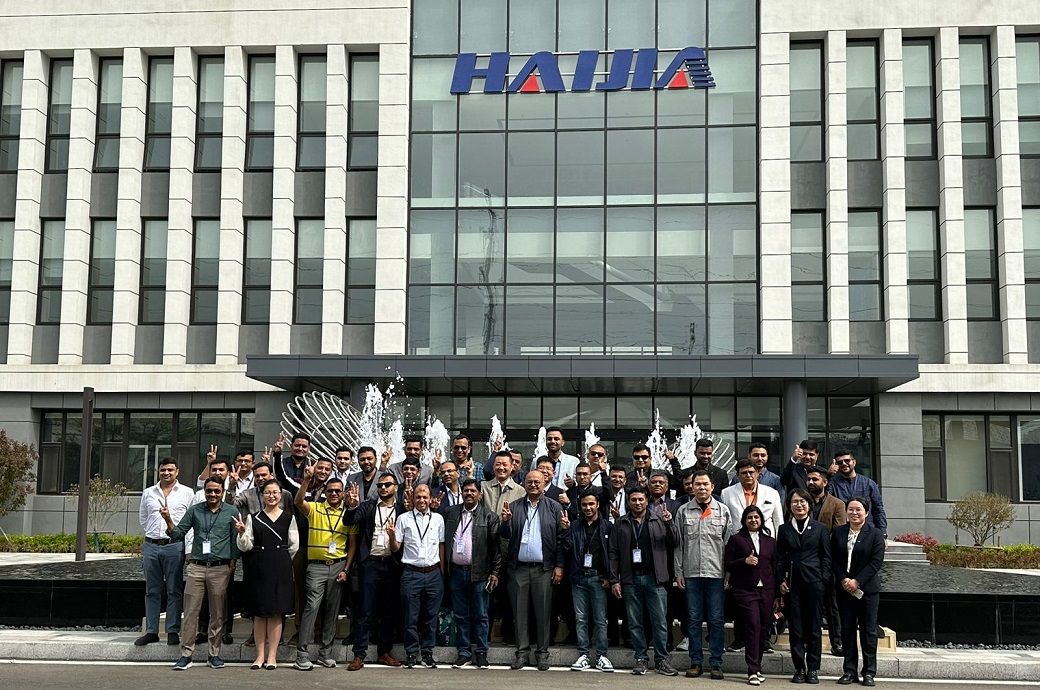
Ashish Gujarati, president of the Pandesara Weavers Cooperative Society, told Fibre2Fashion, "Although labour costs have risen in China due to industrialisation and economic growth, they are offset by higher efficiency and a good work culture. China achieves a production efficiency of around 95 per cent, while India's efficiency level reaches a maximum of 85 per cent." He emphasised that the work culture in China is excellent, leading to good quality products for export or domestic sales.
Gujarati also noted that China enjoys lower interest rates on loans compared to India, and stable prices of raw materials contribute to a conducive environment for textile manufacturers. Additionally, the cost of power is comparable to India.
Speculations have arisen that India has the potential to compete with China and capture a significant market share, particularly due to strained relations between China and the US and other Western countries. It is said that global fashion brands are considering a ‘China plus one’ sourcing policy for sustainable supplies. However, the observations of Indian entrepreneurs indicate that Chinese exporters possess sufficient capacity to compete with exporters from India and other countries.
The tour was organised by Qingdao Haijia Machinery Ltd, a major producer of weaving machinery with a large market in Surat, India. Qingdao Haijia machinery Ltd is a Taiwan-based company with a plant in China. The delegation of 45 entrepreneurs visited the plant in China. These entrepreneurs produce home textiles, technical textiles, and high-fashion ladies' garment fabric. The Chinese company manufactures airjet and waterjet weaving machines.
The delegation also visited Jiangyin Huafang New Technology & Scientific Research Company Ltd, which manufactures fully automatic direct warping machines and sectional warping machines. They also toured Jing Tain Textile Machinery Co Ltd in Yancheng City, which produces fully automatic sizing machines. Textile machine manufacturing companies in China have fully automated robotics plants.
Gujarati suggested that all stakeholders from the Indian textile industry, industry bodies, officials from the Indian ministry of textiles, and experts should organise a detailed study tour and prepare a GAP analysis report. He believes that the Surat textile industry has the potential to compete with China, achieve a production efficiency of more than 95 per cent, and produce export-oriented textiles.
ALCHEMPro News Desk (KUL)
Receive daily prices and market insights straight to your inbox. Subscribe to AlchemPro Weekly!